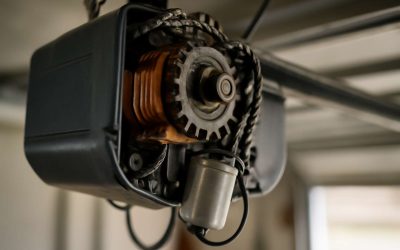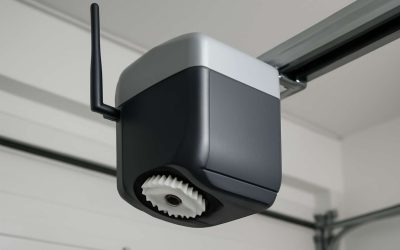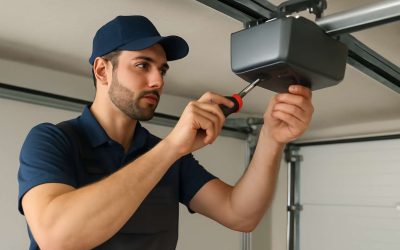
A garage door motor is an essential part of any home’s overhead garage-door system, allowing homeowners to open and close their garage doors quickly and easily. Besides offering easy access to your car, these motors can also help to improve the security of your home by allowing you to remotely activate your garage door from your smartphone or home automation system.
The type of garage door opener you choose depends on the size and configuration of your garage, as well as your personal preferences. Generally, you’ll need a unit that’s powerful enough to lift your specific garage door and has the features you’re looking for, such as smart-device compatibility and home automation system connectivity.
Horsepower: What You Need to Know
There are different horsepower ratings, with a higher number indicating a more powerful opener. In general, a 1/2 HP garage door opener is plenty powerful to lift most residential doors; however, if you have an especially heavy or thick-paneled door, consider investing in a higher-horsepower model.
Chain-Driveled Options: The cheapest and most common types of garage door openers are chain-driven models. They’re a great option for heavier doors and come at a low price point, but they’re also noisier than belt-driven models. This can be an issue if your garage is located under a bedroom, so it’s best to check if the noise level of a chain-drive opener will cause problems with your neighbors.
Wall Mount (Jackshaft): A jackshaft opener, also known as a wall-mounted opener, is mounted to the ceiling above the garage door and uses a 24-v DC motor to drive pulleys and cables that turn the torsion bar and raise or lower your garage door. These systems are less expensive than most other openers and are good for garages with high ceilings, so you’ll want to make sure the space in your garage is big enough to accommodate the jackshaft.
Screw-Driveled Options: These are quieter and smoother than chain-driven models, with a trolley that glides over a threaded metal rod that rotates to move the door. They’re an excellent choice if you have an attached garage or live in an apartment, but don’t want to deal with the noise and vibration of a chain-driven unit.
Direct-Driveled Options: These openers are relatively new technology and operate by moving a trolley that moves along a series of tracks on your garage ceiling. They’re extremely quiet and smooth, and they’re the least complicated of all garage door openers because there are only two parts involved: the motor that moves the trolley and the rail that holds the trolley in place.
Safety Reversing Sensor/Photo Eye: These sensors prevent your garage door from closing if something or someone is in its way. They’re essential for any garage door and are available on many models.
Emergency Release: You can always use a keyed “vault lock” emergency release to manually open your garage door in case the photo eye or other sensor fails, or the power goes out and your garage opener can’t be opened with a remote control.



0 Comments